On the back of the hawkish surprise in the CPI, we find PPI consensus amazingly low ahead of the release later. The resurgence of USD inflation is likely going to impact the reaction function of the ECB even if the outlook is diverging fast.


On the back of the hawkish surprise in the CPI, we find PPI consensus amazingly low ahead of the release later. The resurgence of USD inflation is likely going to impact the reaction function of the ECB even if the outlook is diverging fast.

Former FOMC member Jim Bullard still sees a three cut base-case for 2024 despite the re-inflationary trends as commodities continue up. Going global/real in your allocation makes increasing sense!

The ECB is now clear that they will discuss the rate cutting cycle at upcoming meetings. This will likely allow financial conditions to ease as we saw in the US from Q4 and onwards.

Powell keeps a mostly unchanged easing bias intact despite signs of re-accelerating inflation. Lagarde will have the opportunity to make the public pivot by the ECB today.

Donald Trump versus Joe Biden is now a done deal unless something extraordinary happens ahead of November. Meanwhile, the two most dovish G10 central banks will report over the coming days.

Some Manufacturing gauges struggle to get out of the gates despite cyclical tailwinds. Is the lack of progress related to the Red Sea? Major revisions are needed from the ECB on Thursday.

Christina Lagarde says wage data will be “critically important” in deciding when to loosen monetary policy in the EU. So naturally, Steno Research takes inventory of ongoing labour negotiations and rising pay in the EU.


The first rate cut is a timing question from both the Fed, the ECB and the BoE now. How do we trade the first cut and why are seasonality issues important to bear in mind? Read along here.

The risk of another supply-driven sell-off in USTs has diminished as the fiscal trajectory in the US is improving slightly due to an improving income side. Meanwhile, we have a big day ahead for the Euro area.

Markets are betting on an April cut from the ECB, but the January HICP may lead to a larger repricing of the March probabilities as well. Meanwhile, the US economy appears to be in a temporary goldilocks phase.
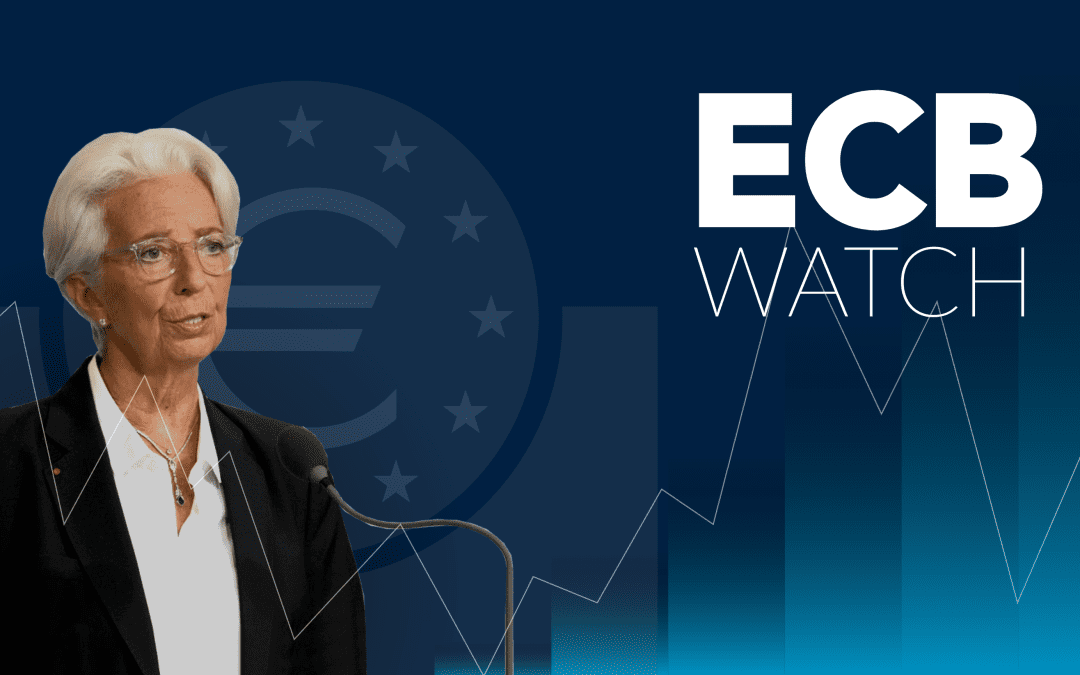



We see downside risks to the ECBs growth-, wage and inflation forecast for Q1. Is a March cut in play? Or is the market right that they will have to take another dovish step in March before cutting in April?




We have updated our HICP models for all of the four major Eurozone economies and find both the ECB and the HICP inflation fixing to be too hawkish. January looks particularly soft.


The ECB Hawks have taken significant steps towards a forthcoming policy pivot. But what if they remain on the backfoot?


The “soft landing” narrative has gained material momentum in the mainstream coverage ahead of 2024, which is a clear risk to the outlook. It always looks like a soft landing until the nosedive.



We see between 0.20-0.25%-points lower inflation in the Euro area than the consensus and the first evidence is already gathering in Germany. Expect EUR inflation to be below target by March-2024 at the very latest.

There is no doubt left that the ECB has hiked for the last time, but the question is whether the doves can get the upper hand in the committee. Focus now shifts to the most important BoJ meeting in many years.
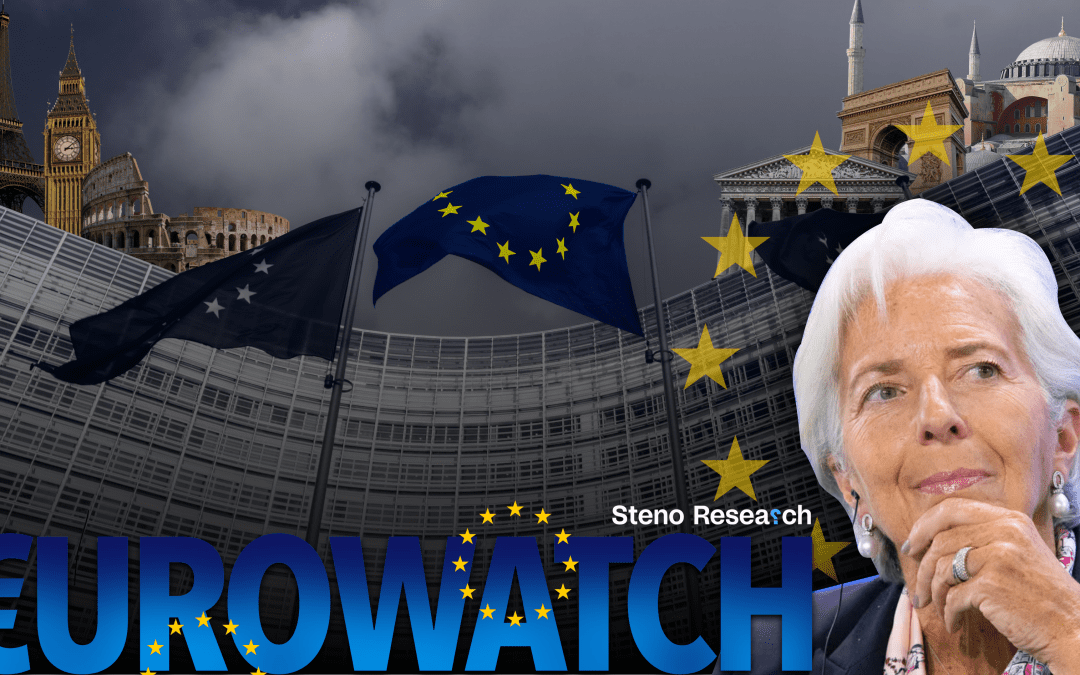


Today we had the Bank Loan Survey from the ECB, and the numbers say a great deal. Gloomy worries leave Euro Area banks hesitant about providing or extending credit, but, just as telling, demand is nowhere to be seen. Our main takeaways here.




If the PPI is any guide, we will soon see the EUR inflation printing below target again, which will allow the ECB to ease since the growth picture remains lackluster as well. The Fed is not close to claiming victory compared to the ECB.
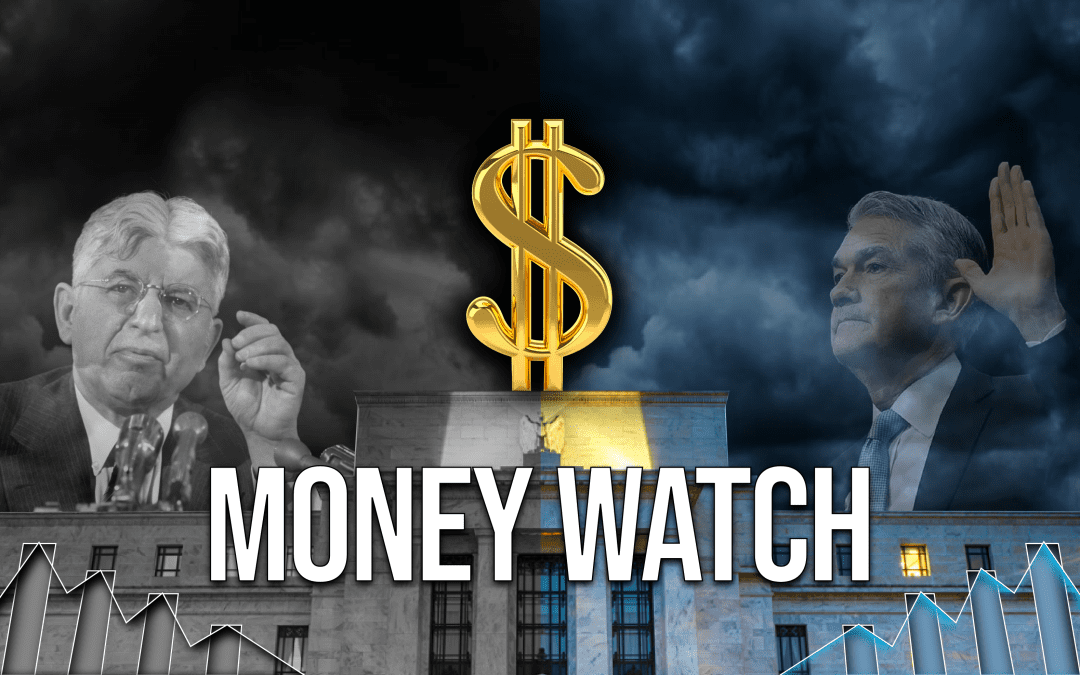

The Fed no longer does QT in practice as they likely fear the repercussions for the yield curve should they allow USD liquidity to truly dwindle. The ECB on the other hand remains steady in bringing liquidity down. EUR-flation will drop faster than USD-flation.
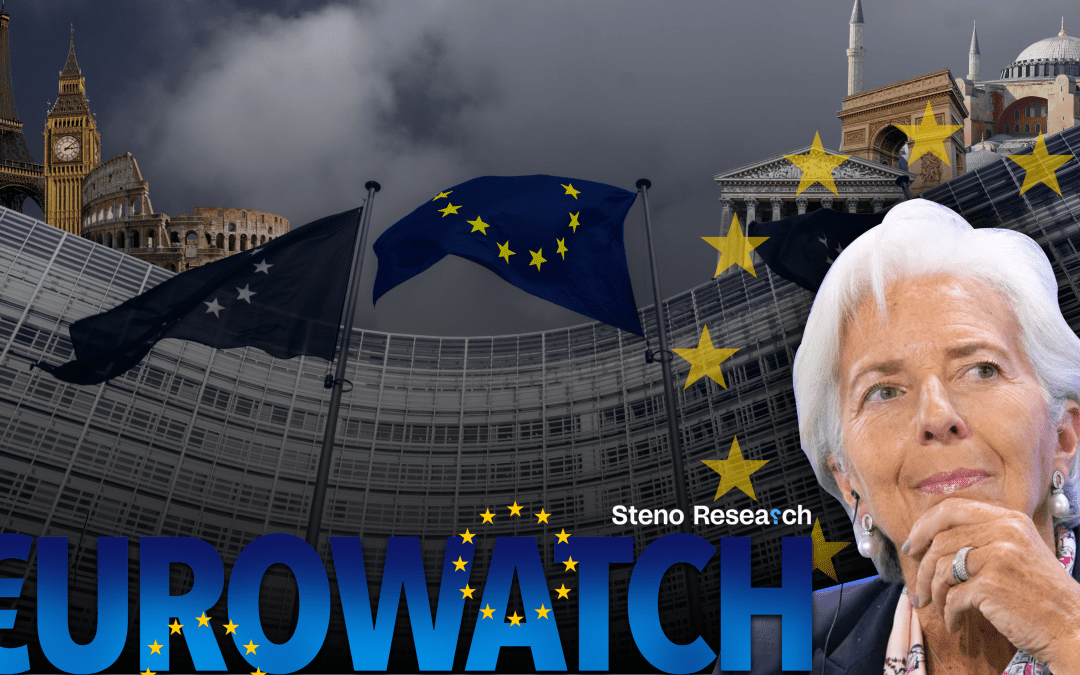


The EUR-inflation numbers will be helped lower by substantial base effects while we see weakness spreading across services-inflation. The bottom will likely be found in Nov or Dec at levels close to the target.

The ECB seems closer to softening up than the Fed even if they delivered a hike yesterday. An almost explicit pause was promised in the written statement. ECB pricing for 2024 looks ODD compared to Fed pricing still.



We consider the ECB assumptions to be off and see a much “weaker” ECB commitment going forward compared to the Fed. Here is why the ECB is off in 4 charts!
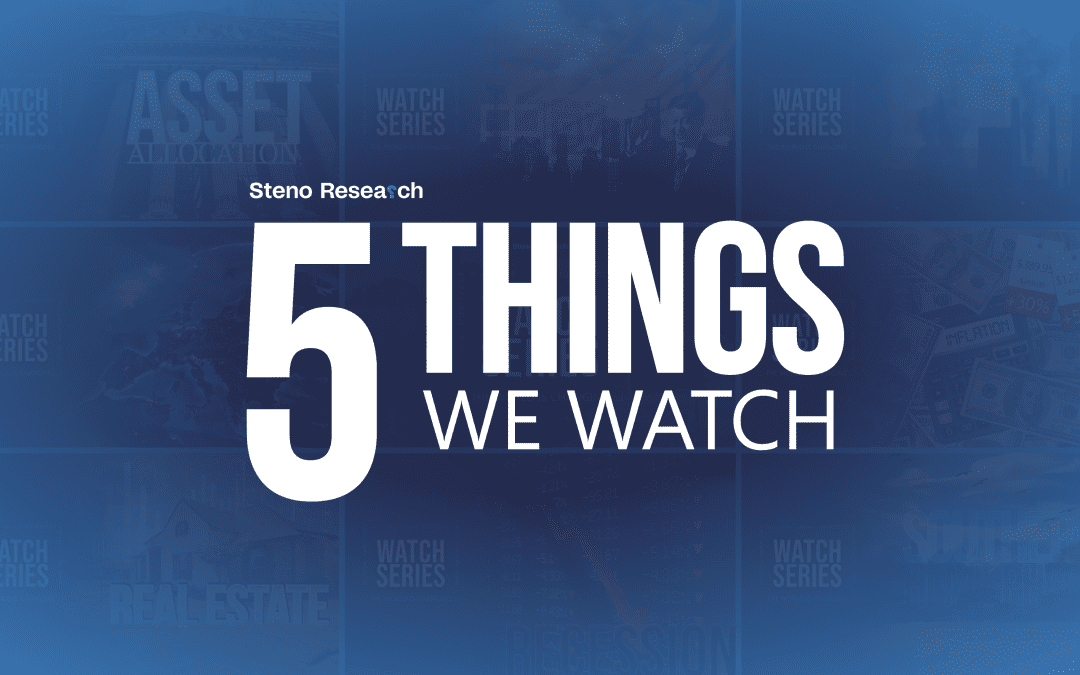

Happy Wednesday, and welcome back to our weekly edition of 5 Things We Watch, where we take you through the 5 things we are currently keeping an eye on in the global macro landscape.



We dive into the challenges ECB are (still) faced with, as headline inflation is likely to rebound from November and onwards, giving the ECB another – but bad – argument to keep policy restrictive. A hike seems like a done deal tomorrow, but what about the path for 2024?

Energy keeps performing against all peers and it seems like positioning is still underweight despite the recent bullishness. European positioning is getting short, but data keeps backing up that view.
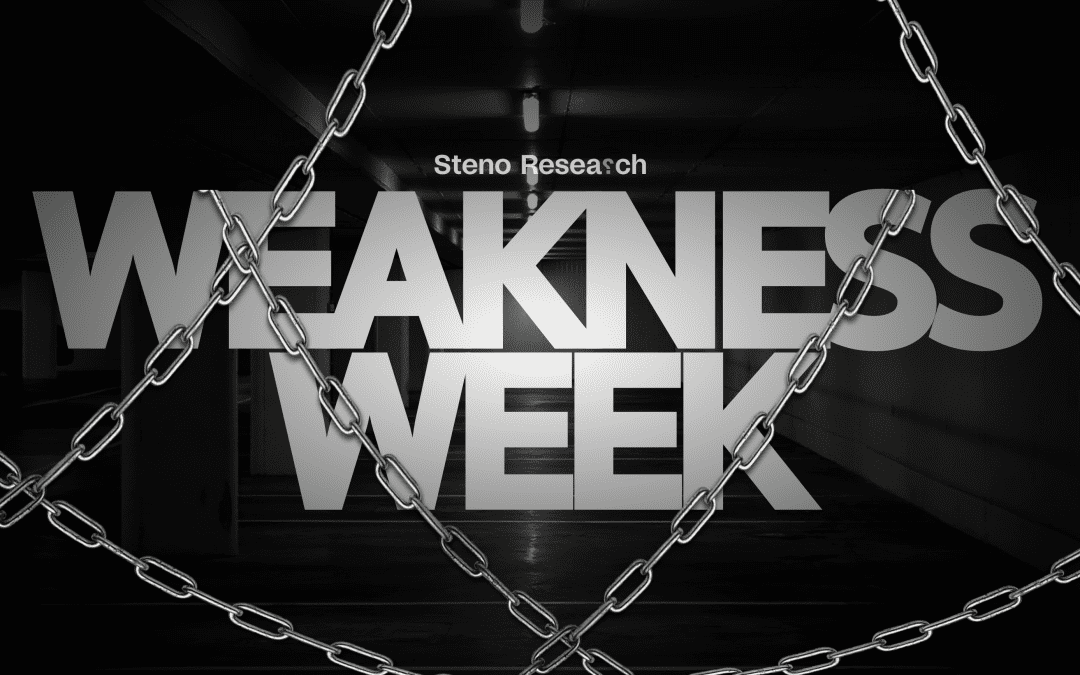

We have argued that risks of a more rapid disinflation in Europe are going under the radar. But as we get poor job opening numbers from the US, how do we assess the growth trajectory of the EZ and how will the ECB likely act?



With the inflation report coming out this Thursday, we of course provide you with an actionable take on the path for EZ HICP and whether now might be the time to buy euro bonds




The ECB is closer to pausing than the Fed and the clear headline mandate may allow the ECB to throw in the towel on the hiking cycle earlier than peers. Tomorrow’s inflation data is key. Here is our chart-package.




We’re skeptical of the “data-dependent” rear-view mirror approach by the FED & ECB. Refuting to provide guidance is one thing but are they listening to their crowds and acknowledging the differences?

The Fed is getting increasingly confident that they can orchestrate a soft landing as the recession is no longer a base-case for them. Meanwhile, ECB and Christine Lagarde are losing confidence by the week.